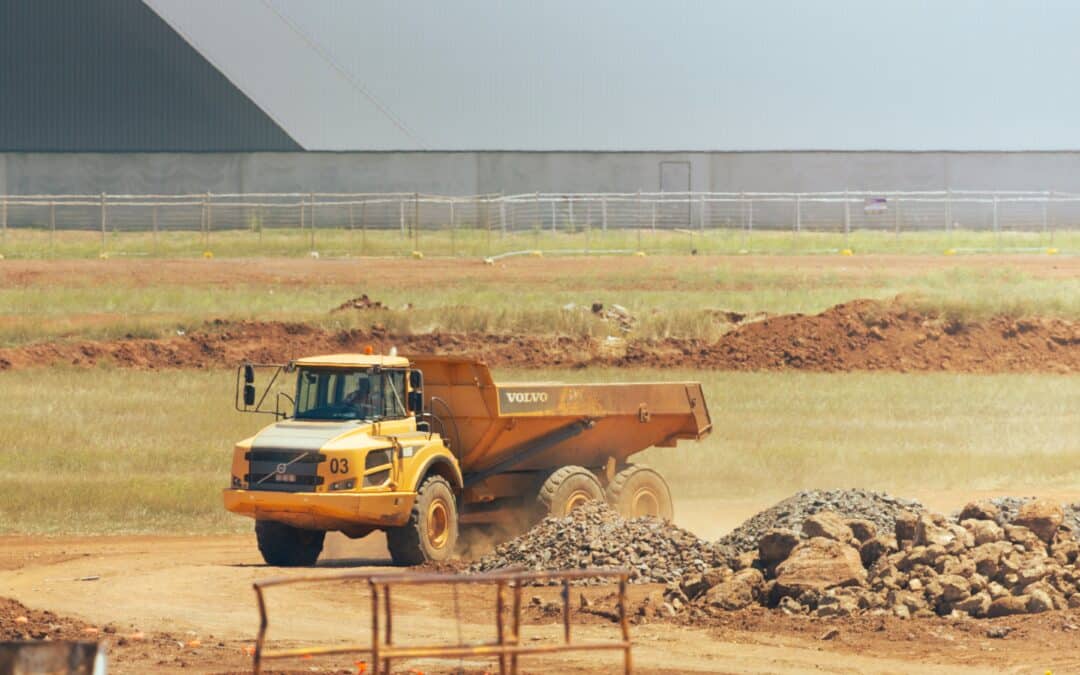Are you a home or business owner ready to start the complex process of preparing land for construction? Before any hard labor begins, there’s a critical foundation that needs to be set by grading your land.
Grading helps create an even surface and builds a stable foundation for further development. But what exactly is grading, and how do you go about properly handling the task?
This guide will arm you with all the basics of land preparation so that you can get started on your project with confidence and ease.
Read up on our comprehensive breakdowns of everything from tools to techniques so that when it comes time to grade, yours will be done right!
Determine the purpose of the land grading
Land grading can be done for a variety of reasons, such as to improve drainage, level out a sloping lot, or prepare the land for construction. It is important to know the purpose of the land grading before starting the project in order to ensure that it is done correctly.
Obtain any necessary permits
Depending on the scope of the project, you may need to obtain a permit from your local municipality or other government agency. This is especially important if you plan on excavating any large amounts of earth or altering the natural contours of the land.
Do a soil test
A soil test will help you to determine the type of soil you are dealing with and what amendments may be necessary in order to achieve the desired results. The results of the soil test will also help you to determine how much topsoil will be needed for the project.
Mark out the area to be graded
Once you have determined the purpose of the land grading and obtained any necessary permits, you will need to mark out the area that is to be graded.
This can be done with stakes and string or by using spray paint. It is important to make sure that all property lines are clearly marked so that you do not inadvertently grade onto your neighbor’s property.
Excavate any existing vegetation
If there is existing vegetation on the property, it will need to be removed before you start grading. This can be done by hand or with heavy machinery, depending on the size of the area and the type of vegetation involved.
Remove any large rocks or debris from the area
Large rocks and debris can interfere with land grading equipment and make it difficult to achieve a smooth finish. These items should be removed from the area before you start grading.
Rough grade the area with heavy machinery
Once all vegetation and large rocks have been removed from the area, you can begin rough grading with a Bobcat or other piece of heavy machinery. This process involves removing any remaining small rocks and leveling out any high spots or low spots in the land.
Fine-grade the area with a hand trowel or rake
Once the rough grading is complete, you will need to fine-grade the area with a hand trowel or rake in order to achieve a smooth finish. This process can be time-consuming, but it is necessary in order to achieve professional results .
With the potential pitfalls and liabilities, it is best to use an experienced contractor that can handle the job safely and efficiently. Contact Smoot Contracting Group today and see just why our team is chosen above the rest when it comes to land grading projects.

